Lychee Cutting Propagation: Learn How to Root Lychee Cuttings
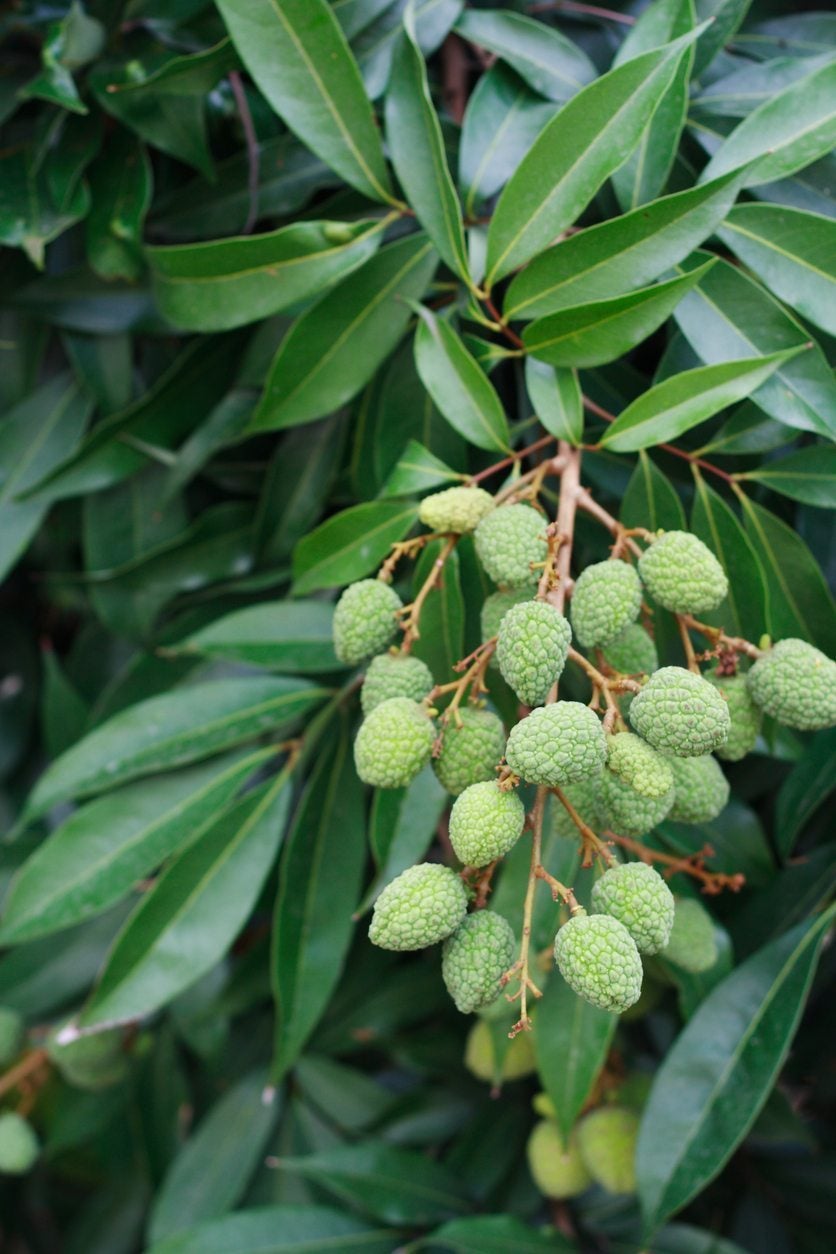
Lychee is a subtropical tree native to China. It can be grown in USDA zones 10 and 11 but how is it propagated? Seeds lose viability rapidly and grafting is difficult, so that leaves growing lychee from cuttings. Interested in growing lychee from cuttings? Read on to find out how to root lychee cuttings.
How to Root Lychee Cuttings
As mentioned, seed viability is scant, and traditional grafting budding techniques are unreliable, so the best way to grow lychee is via lychee cutting propagation or marcotting. Marcotting is just another term for air-layering, which encourages the formation of roots on a portion of a branch. The first step to growing lychee from cuttings is to soak a few handfuls of sphagnum moss for each layer for an hour in warm water. Choose a branch of the parent tree that is between ½ and ¾ inches (1-2 cm.) across. Try to find one that is located around the outside of the tree. Remove leaves and twigs from 4 inches (10 cm.) below and above the chosen area, within a foot (31 cm.) or so of the branch tip. Cut and peel off a ring of bark about 1 to 2 inches (2.5-5 cm.) wide and scrape the thin, white cambium layer off the exposed area. Dust a bit of rooting hormone onto the newly exposed wood and wrap a thick layer of damp moss around this section of the branch. Hold the moss in place with some twine wrapped around it. Wrap the moist moss with polyethylene film or plastic sheeting and secure it with ties, tape, or twine.
More on Propagating Lychee Cuttings
Check the rooting branch every few weeks to see if roots are growing. Usually, about six weeks after wounding the branch, it will have visible roots. At this juncture, cut the rooted branch from the parent just below the root mass. Prepare the transplant site in the ground or in a container with well-draining, slightly acidic soil. Remove the plastic film gently to avoid damage to the root mass. Leave the moss on the root mass and plant the new lychee. Water the new plant in well. If the tree is in a container, keep it in light shade until new shoots emerge and then gradually introduce it to more light.
Gardening tips, videos, info and more delivered right to your inbox!
Sign up for the Gardening Know How newsletter today and receive a free copy of our e-book "How to Grow Delicious Tomatoes".

Amy Grant has been gardening for 30 years and writing for 15. A professional chef and caterer, Amy's area of expertise is culinary gardening.
-
 What Is A Pollinator Garden? Grow Gorgeous Blooms While Benefiting Your Local Ecosystem
What Is A Pollinator Garden? Grow Gorgeous Blooms While Benefiting Your Local EcosystemPollinator gardens look great and also provide a diverse ecosystem that benefits your local pollinating insects and animals. Get started today with this guide!
By Bonnie L. Grant
-
 5 Tough Urban Trees That Thrive In Cities – Top Picks For Urban & Suburban Landscapes
5 Tough Urban Trees That Thrive In Cities – Top Picks For Urban & Suburban LandscapesExplore the best urban trees that will add value to even the most challenging of landscapes. Get growing with these ideas and enjoy all the benefits of trees.
By Teo Spengler
-
 No Fruit On Lychee Tree: What To Do When Your Lychee Isn’t Fruiting
No Fruit On Lychee Tree: What To Do When Your Lychee Isn’t FruitingLychee is a delicious tropical fruit but what if your lychee won’t produce? There are a couple of reasons for no fruit on a lychee. If a lychee isn’t fruiting, you’ve come to the right place. Click this article to find out how to make a lychee tree fruit.
By Amy Grant
-
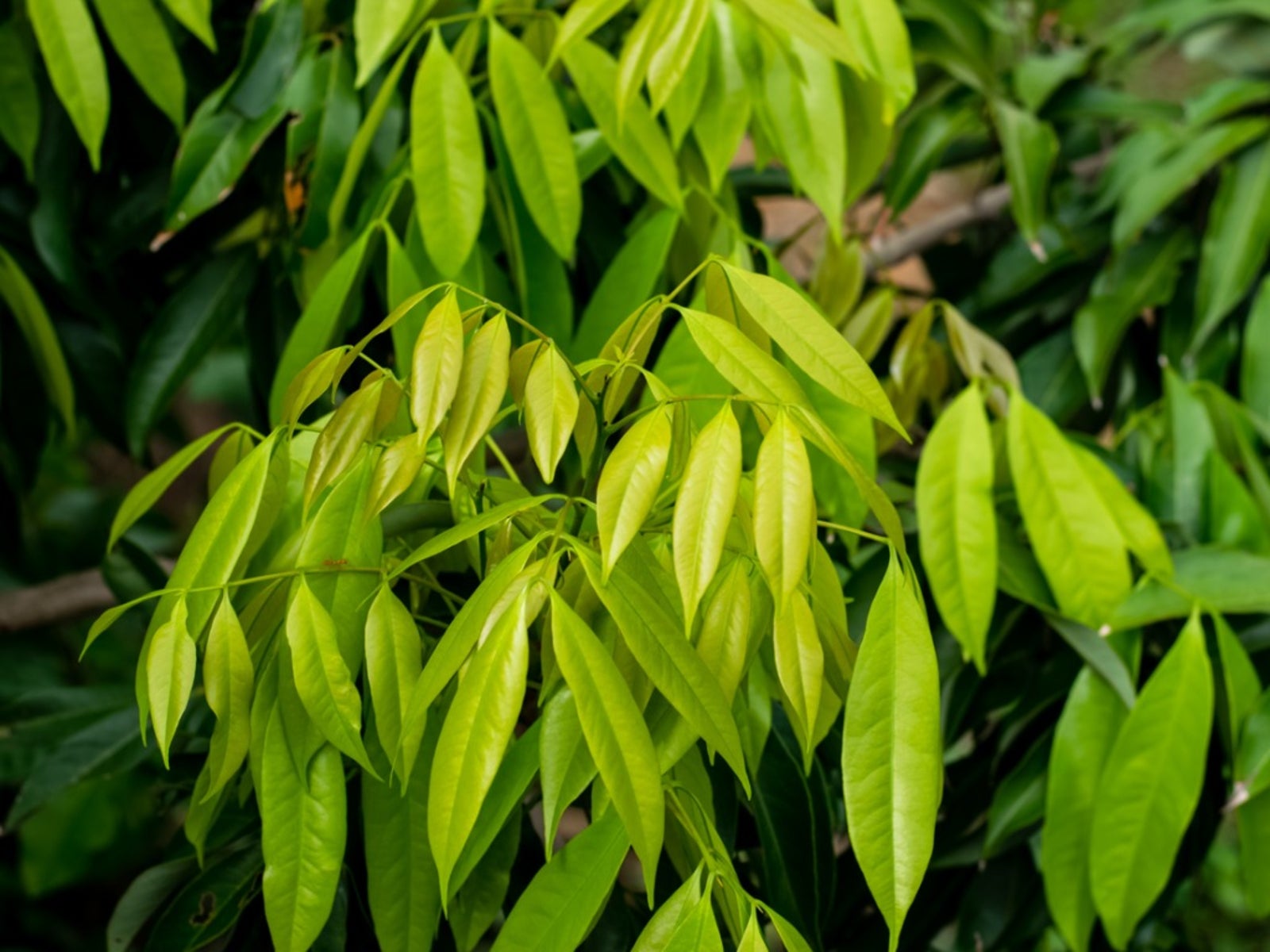 Pests Of Lychee Trees: Learn About Common Bugs That Eat Lychee
Pests Of Lychee Trees: Learn About Common Bugs That Eat LycheeLychee trees produce delicious fruit, but they are also beautiful, majestic trees in their own right. But even lovely lychee trees are not pest free. Lychee pests can cause problems for the homeowner, given its size. Click here for information on bugs that eat lychee fruit.
By Teo Spengler
-
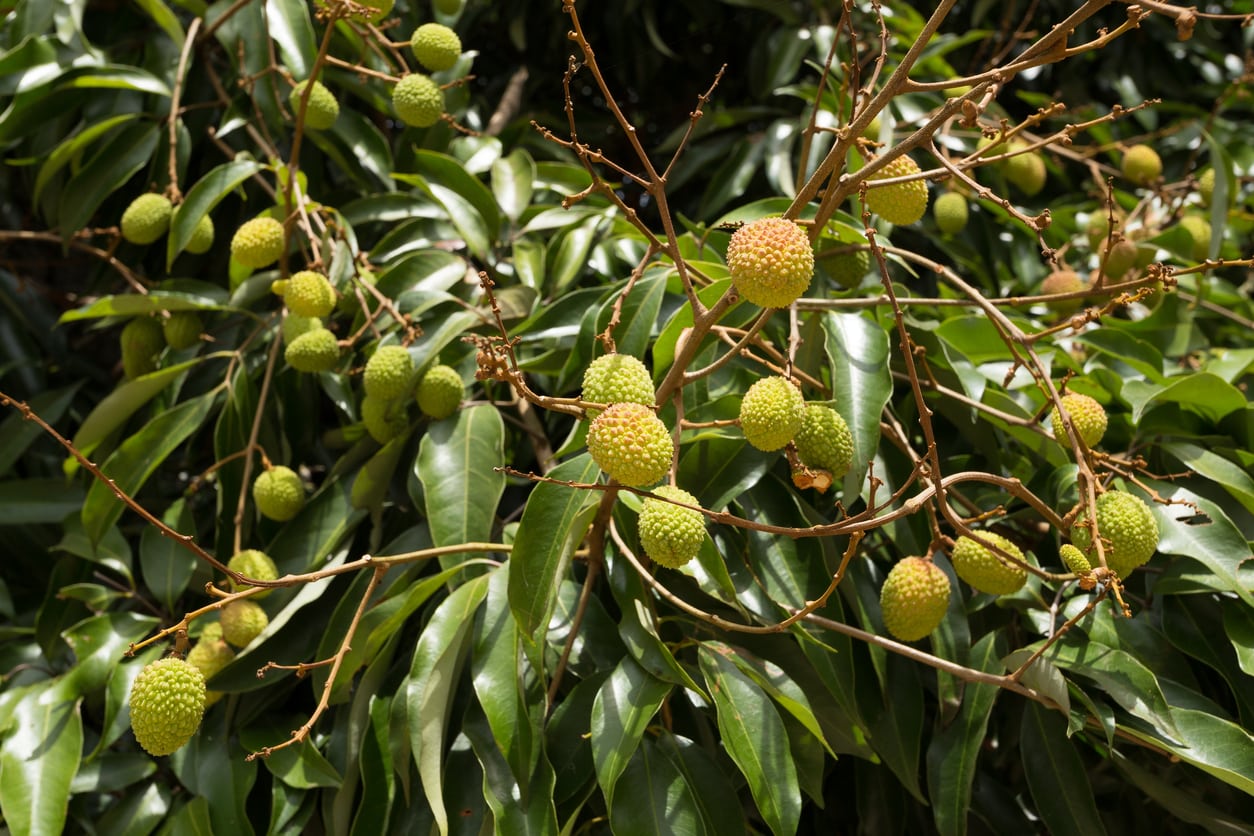 Treating A Sick Lychee Tree – Learn How To Manage Lychee Diseases
Treating A Sick Lychee Tree – Learn How To Manage Lychee DiseasesWhile it is nice to grow different plants in the landscape that not everyone else in the neighborhood is growing, you may feel completely lost and alone if problems occur on an exotic plant. Like any plant, Lychee trees can experience certain disease problems. Learn more here.
By Darcy Larum
-
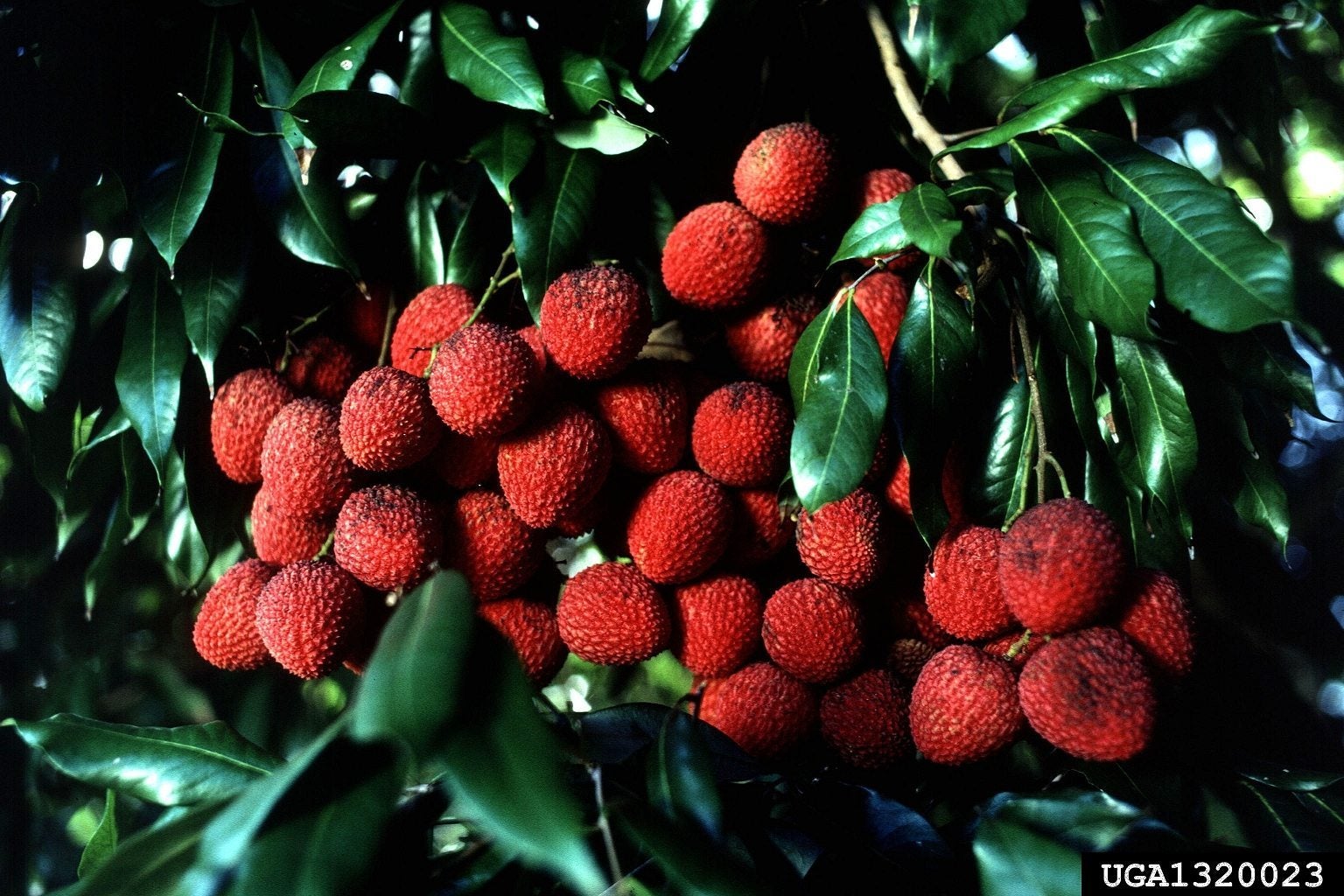 What Is Lychee Girdling: Does Lychee Girdling Work
What Is Lychee Girdling: Does Lychee Girdling WorkGirdling is a standard practice in lychee production. The process does result in higher yields if done at the right time of the year, but it isn't recommended as a consistent practice. Learn when and how to girdle a lychee for increased productivity in this article.
By Bonnie L. Grant
-
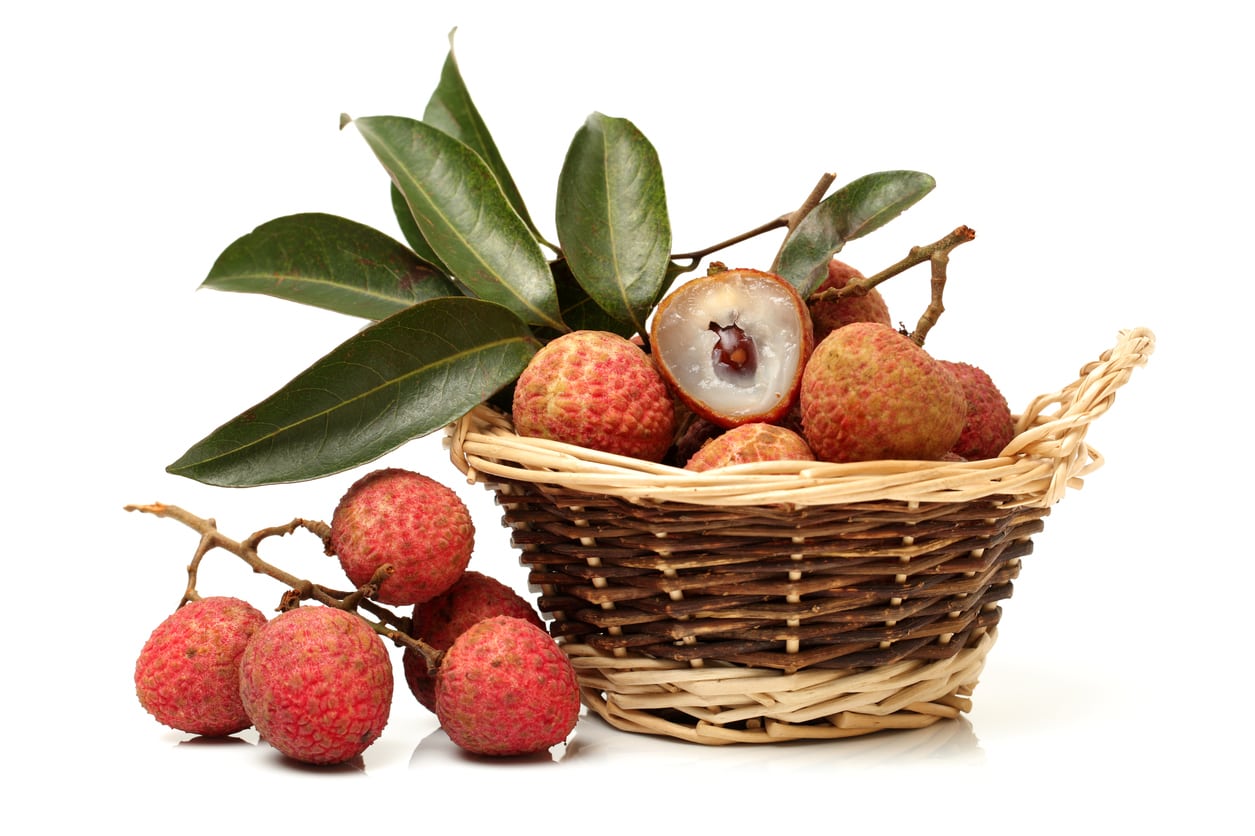 How To Harvest Lychees – Tips For Harvesting Lychee Fruit
How To Harvest Lychees – Tips For Harvesting Lychee FruitLychees are an extremely popular fruit gaining more traction around the world. If you live in a warm enough climate, you might be lucky enough to have a tree in your backyard. If you do, you're probably interested in how and when to harvest lychee fruit. This article will help.
By Liz Baessler
-
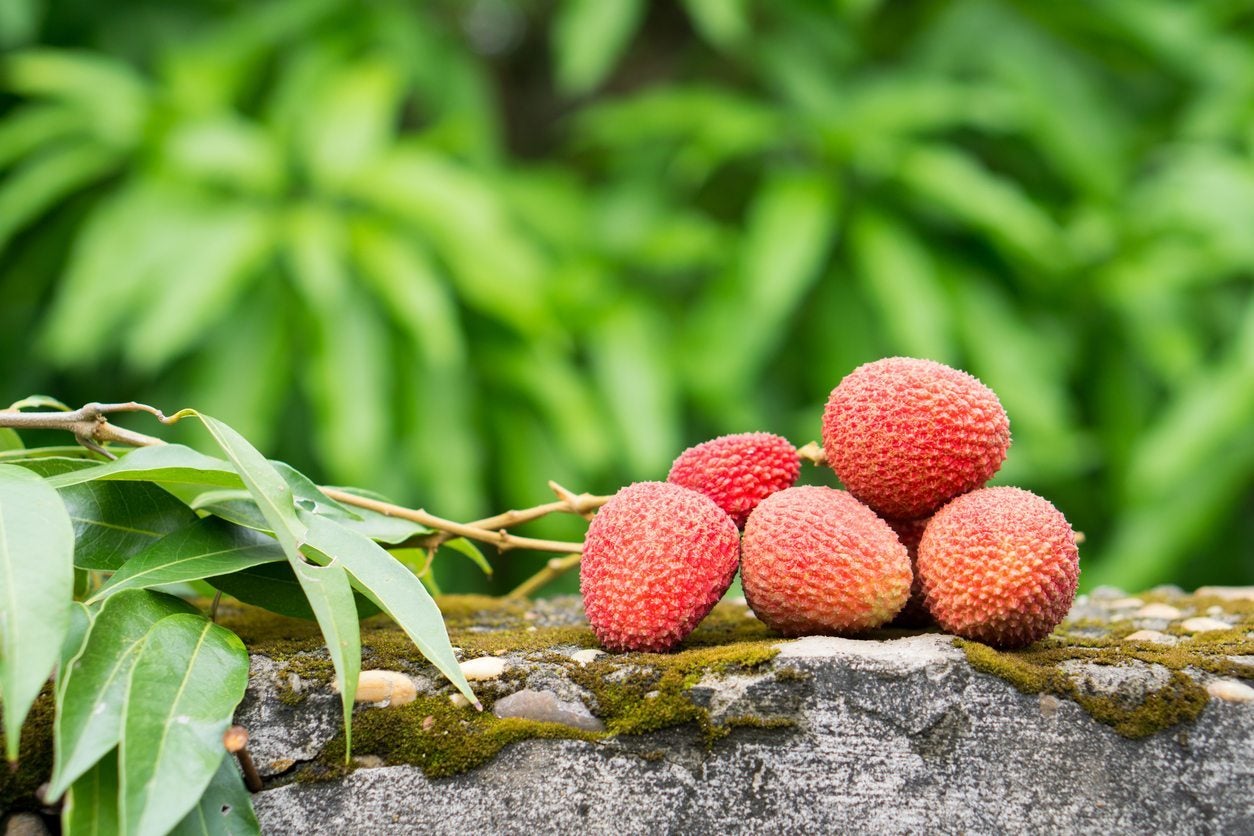 Tips For Lychee Trimming – Learn How To Prune A Lychee Tree
Tips For Lychee Trimming – Learn How To Prune A Lychee TreeLychee has been grown and cultivated for thousands of years in subtropical regions of Asia and is becoming popular in suitable areas in the U.S. Properly timed lychee tree pruning can help them produce steadier, higher fruit yields. Learn how to cut back a lychee tree here.
By Darcy Larum
-
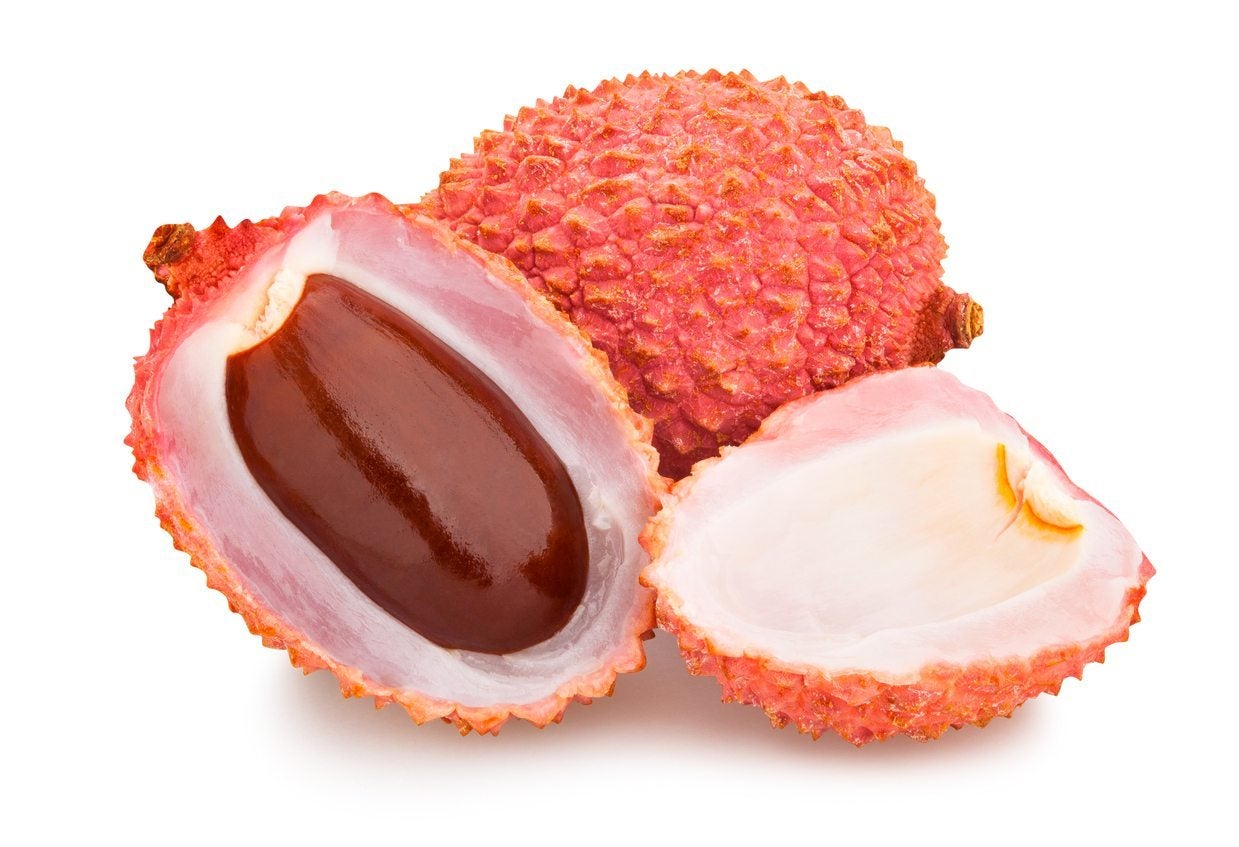 Planting Lychee Seeds: A Guide To Lychee Seed Propagation
Planting Lychee Seeds: A Guide To Lychee Seed PropagationLychees are a beloved Southeast Asian fruit that are steadily becoming more popular worldwide. If you?ve ever bought fresh lychees at the store, you?ve probably been tempted to plant those big seeds and see what happens. Click here for lychee seed growing info.
By Liz Baessler
-
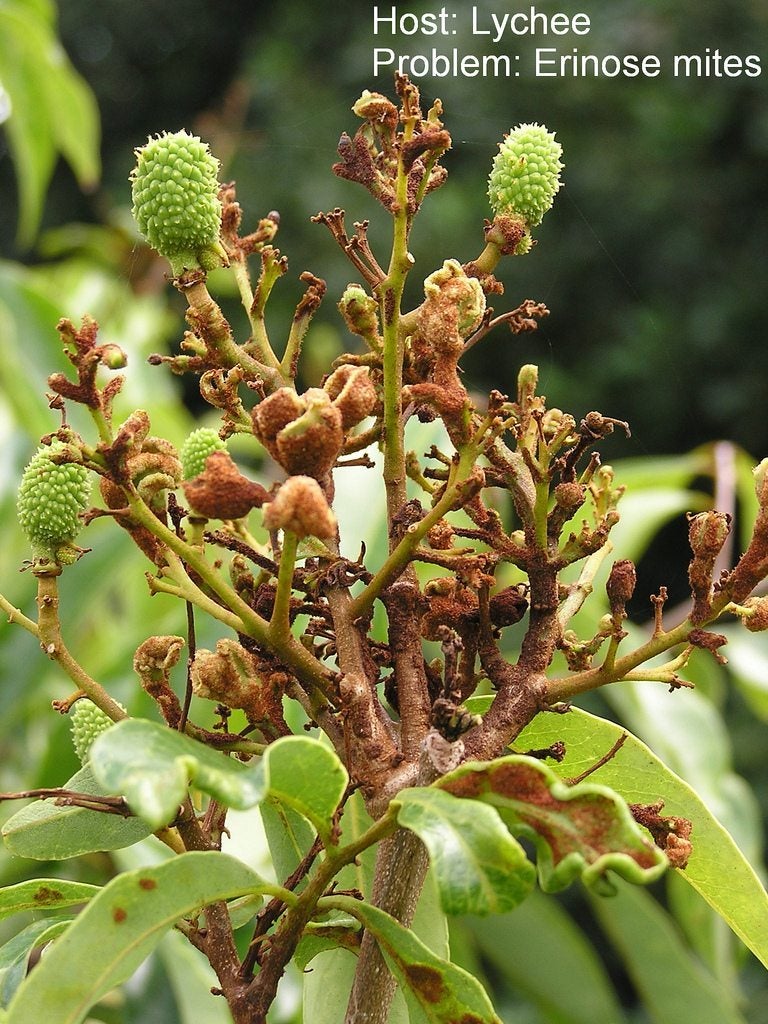 Problems With Lychee Trees: Common Lychee Pests And Diseases
Problems With Lychee Trees: Common Lychee Pests And DiseasesLychee trees are relatively easy to grow and some people in northern climates even grow this warm-weather plant indoors. However, the tree isn't immune to its share of problems. Click here to learn about potential problems with lychee trees.
By Mary H. Dyer